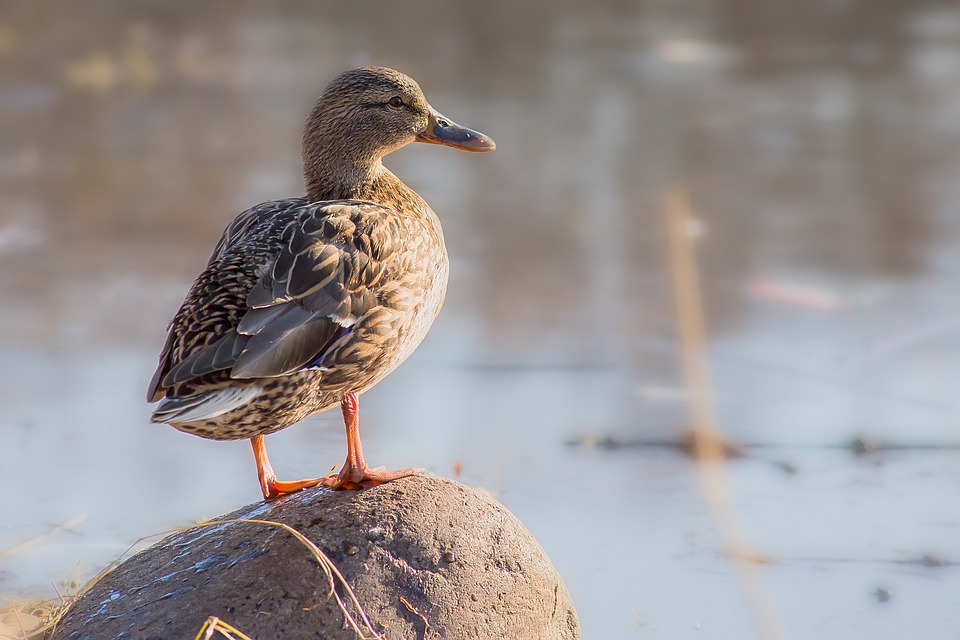Establishing and maintaining a fish tank for discus fish can be a rewarding and enjoyable experience for aquarium enthusiasts. These vibrant and graceful creatures require specific care and attention to thrive in captivity. In this comprehensive guide, we will provide you with step-by-step instructions on how to set up and maintain a fish tank that is suitable for discus fish, ensuring their optimal health and well-being.
**I. Setting up the Fish Tank**
1. Selecting the right tank size: Discus fish require a spacious tank to swim freely. A tank with a capacity of at least 30 gallons is recommended for a small group of discus fish.
2. Choosing the appropriate filtration system: A high-quality filtration system is essential for maintaining clean and healthy water conditions. Opt for a canister filter or a combination of mechanical, chemical, and biological filtration.
3. Deciding on the substrate and decorations: Use a fine-grained substrate like sand or gravel to mimic the natural habitat of discus fish. Add driftwood, rocks, and plants to create hiding places and provide a natural environment.
4. Determining the ideal water parameters: Discus fish prefer soft and slightly acidic water. Maintain a temperature range of 82-86°F (28-30°C), pH level between 6.0-7.0, and hardness level between 2-8 dGH.
**II. Water Quality and Maintenance**
1. Importance of regular water testing: Test the water regularly for parameters such as ammonia, nitrite, nitrate, pH, and hardness levels. Make adjustments as necessary to maintain optimal water quality.
2. Maintaining the ideal temperature range: Use a reliable heater and thermometer to ensure a consistent temperature within the recommended range. Sudden temperature fluctuations can stress discus fish.
3. Proper water change and filtration routine: Perform regular water changes of 25-50% every week to remove accumulated toxins and maintain water quality. Clean the filter regularly to prevent clogging and ensure efficient filtration.
4. Managing pH and hardness levels: Use appropriate water conditioners and buffers to adjust the pH and hardness levels as required. Avoid sudden changes in water parameters to prevent stress and health issues.
**III. Nutrition and Feeding**
1. Understanding the dietary needs of discus fish: Discus fish are omnivorous and require a balanced diet consisting of high-quality pellets, flakes, frozen or live foods like bloodworms, brine shrimp, and daphnia.
2. Offering a balanced and varied diet: Provide a mix of dry and frozen foods to ensure a diverse diet. Feed small portions multiple times a day to mimic their natural feeding behavior.
3. Frequency and portion control: Feed discus fish small amounts of food several times a day. Avoid overfeeding, as it can lead to poor water quality and health problems.
4. Supplementing with vitamins and minerals: Consider using vitamin and mineral supplements to enhance the nutritional value of their diet. Consult with a knowledgeable aquarium specialist for appropriate supplements.
**IV. Disease Prevention and Treatment**
1. Common diseases affecting discus fish: Discus fish are prone to diseases like ich, fin rot, and internal parasites. Maintain good water quality and provide a stress-free environment to minimize the risk of illness.
2. Quarantine procedures for new fish: Quarantine new fish in a separate tank for a few weeks to observe for any signs of illness. This helps prevent the introduction of diseases into the main tank.
3. Identifying signs of illness: Watch for symptoms such as loss of appetite, abnormal swimming behavior, color fading, or visible signs of infection. Promptly isolate and treat any sick fish to prevent the spread of disease.
4. Appropriate treatment methods: Consult with a veterinarian or aquarium specialist to determine the appropriate treatment for specific diseases. Follow the recommended dosage and duration for medications.
**V. FAQs (Frequently Asked Questions)**
1. Can discus fish be kept with other fish species? Discus fish are best kept in a species-only tank or with other peaceful, non-aggressive fish that have similar water requirements.
2. How many discus fish can be housed in a single tank? For a 30-gallon tank, it is recommended to keep 4-6 adult discus fish. Increase the tank size for larger groups or breeding pairs.
3. What is the ideal water temperature for discus fish? Discus fish thrive in a temperature range of 82-86°F (28-30°C). Use a reliable heater to maintain a consistent temperature.
4. Should I use live plants in the tank? Live plants provide additional hiding places and help maintain water quality. Choose plants that can tolerate the warm water conditions and avoid sharp or delicate species that may damage the discus fish.
5. Can I use tap water for my discus tank? Tap water may contain chlorine, chloramines, and heavy metals that are harmful to discus fish. Use a water conditioner to remove these impurities or consider using reverse osmosis (RO) water for optimal water quality.
*Conclusion*
With the guidelines and recommendations provided in this comprehensive guide, you can establish and maintain a suitable fish tank for discus fish. By ensuring the right setup, maintaining optimal water quality, providing a balanced diet, and preventing diseases, you can promote the overall health and happiness of your discus fish. Remember to monitor their environment regularly and address any issues promptly. With proper care and attention, your discus fish will thrive and delight you with their beauty for years to come.









